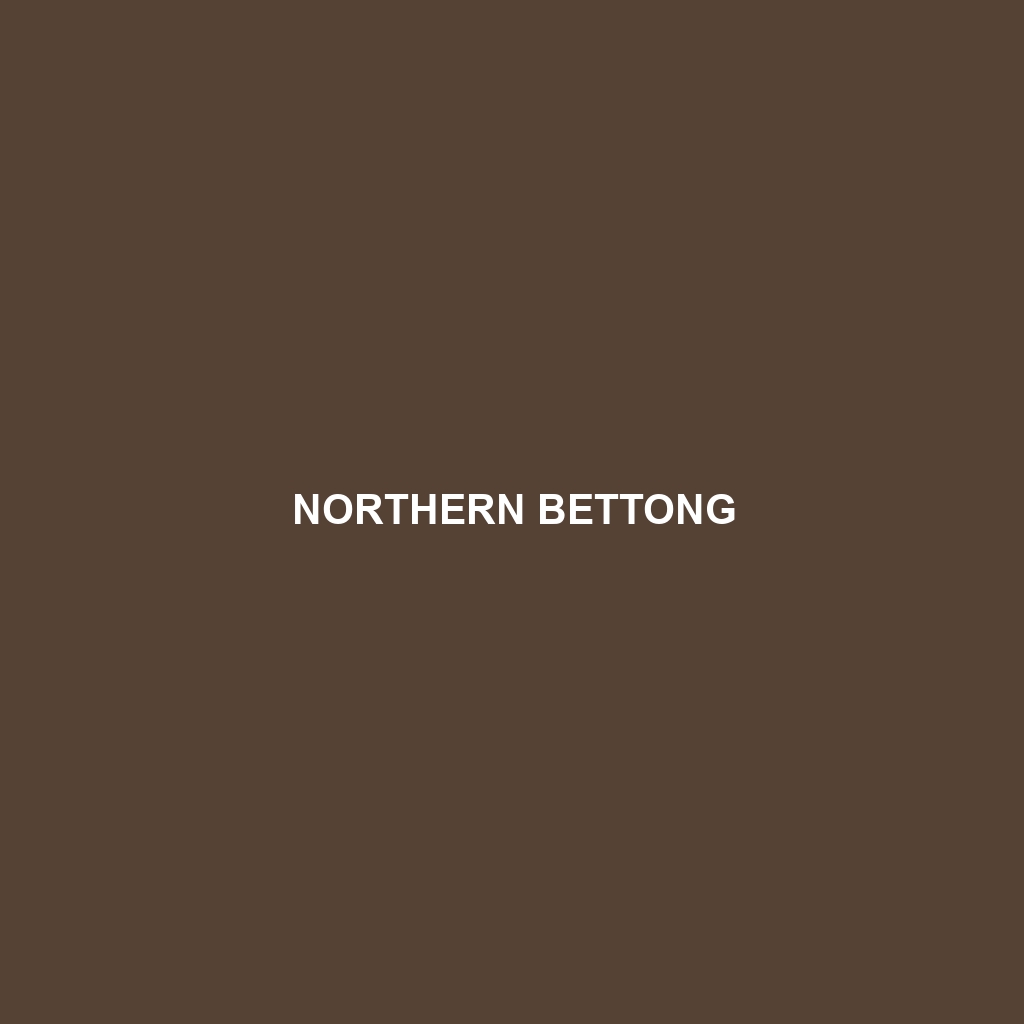Northern Bettong (Bettongia tropica)
The Northern Bettong is a small, nocturnal marsupial endemic to the wet tropical forests of northeastern Queensland, Australia. This elusive creature is part of the Potoroidae family, which includes small, rat-like kangaroos. Known for its agile movements and specialized diet, the Northern Bettong plays a unique role in its ecosystem by aiding in fungal spore dispersal.
Physical Characteristics
Size: The Northern Bettong is relatively small, with an average body length of 30-38 cm (12-15 inches) and a tail length of 29-34 cm (11-13 inches). Adults typically weigh between 1-1.8 kg (2.2-4 lbs).
Coloration: It has a soft, dense coat that ranges in color from grey to brown. The fur on its back is generally darker, while its underbelly is lighter, often white or pale cream.
Special Features: This marsupial has a prehensile tail, which it uses adeptly for balancing and carrying grass nests. Its large hind legs are well-suited for hopping, and it has sharp claws for digging.
Behaviors
Social Interactions: Northern Bettongs are largely solitary animals, coming together only during the mating season. They communicate through scent markings and have a range of vocalizations.
Feeding Habits: This species primarily feeds on truffles and other fungi, as well as roots, tubers, and occasionally insects. Their foraging behavior is critical for the dispersal of mycorrhizal fungi, which are essential for forest health.
Ecological Roles: By spreading fungal spores, Northern Bettongs promote plant growth and soil health. Their digging activities also help aerate the soil and facilitate seedling establishment.
Habitats
Geographical Range: The Northern Bettong is found exclusively in the wet sclerophyll forests and adjacent woodlands of northeastern Queensland.
Preferred Environment: They prefer habitats with a dense understorey and abundant ground cover for shelter. These environments provide ample food resources and protection from predators.
Adaptations
Nocturnal Lifestyle: Their nighttime activity helps them avoid predators and extreme daytime temperatures.
Diet Specialization: The ability to locate and consume fungi sets them apart from many other small marsupials, enabling them to thrive in their specific ecological niche.
Prehensile Tail: This adaptation aids in carrying nesting materials and maintaining balance while moving through their complex habitat.
Conservation Status
Current Status: The Northern Bettong is listed as Endangered on the IUCN Red List due to habitat loss, predation by introduced species (such as foxes and feral cats), and competition with invasive species.
Conservation Efforts: Efforts to conserve this species include habitat restoration, predator control programs, and research on their ecological needs and behaviors to inform better management practices.
Fun Facts
Grass Nests: Unlike many marsupials, Northern Bettongs build grass nests, which they carry with their tails to new locations.
Fungal Connoisseurs: They are among the few animals that specialize in consuming underground fungi, making them vital players in their ecosystem.
Agile Jumpers: Their powerful hind legs allow them to hop quickly and efficiently through their forested habitats, helping them escape from potential threats.
The Northern Bettong is a fascinating and important component of Australia’s biodiversity, with its unique adaptations and ecological roles underscoring the importance of continued conservation efforts. Protecting this species not only ensures its survival but also supports the health of the ecosystems it inhabits.
